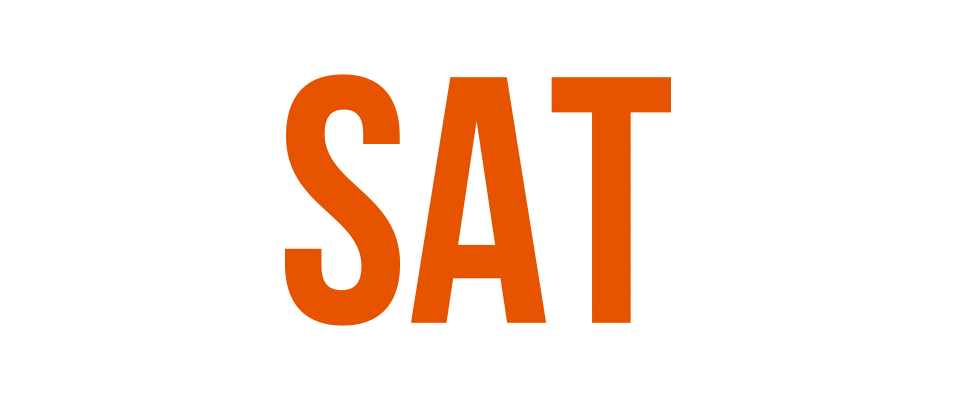By Sam Segan
A strong opening to an essay not only grabs admissions officers’ attention; it also creates a sense of anticipation and excitement for what’s to come.
I tell my students not to stress if a great opener doesn’t immediately appear as they begin to write. The right first line will come as the full essay takes shape. Indeed, most students write their full essay before circling back to craft a fitting beginning. Keep in mind the essay as a whole when you think of the first line, as you’ll see the students below were able to do.
- “What are you?”–Bespoke student, anonymous
This opening powerfully introduces the topic of the student’s essay: her mixed-race identity. We know immediately that we are in good hands. The writer is self-aware and able to share an experience that was painful but became transformative. And the question “what are you,” while intended by the speaker to question her racial identity, becomes so much more, metaphorically, as the essay explores other facets of who she is. We are also thrust into the immediacy of a confrontation, which draws readers’ attention. Dialogue is one of the best and easiest ways to bring readers into your world!
- The shelter where we stayed the year I spent without an official home felt drab and gray, but the first night I was there, I found one bright spot: the beat-up copy of Catcher In the Rye on my bedside table.–Bespoke student, anonymous
It’s clear from the start what this essay is about: a student’s struggle and the saving power of literature. Many students believe they need to create suspense or surprise the reader with a “gotcha” moment, but the best essays ground the reader immediately in a deeply specific moment of the student’s life. This student painted a clear picture of their life by giving concrete details: describing the “drab, gray” shelter and using metaphor (“bright spot”) to refer to the book on the table–showing us its importance to them.
- “Except for the pain in his eyes, he looked good: tan and wiry with wild blue eyes and an all-in smile.” –Ellis Jeter, New York Times essay contest winner
I love this opener because it’s unexpected–and it takes a risk. Most students should begin their essays talking about themselves rather than about someone else, but this student chose to describe another person. It’s not a trap or a misdirection: the student continues on to discuss how he sees himself in his friend, and how their mutual conformity to their religion–and tension with that conformity–has shaped their lives. A great example of how breaking the rules can work!
- “Is it bigger than a breadbox?” –Benjamin, Johns Hopkins student
How do you show admissions officers you’re curious? Well, you could tell them–or you could do what this savvy writer does, and show them by narrating your experience with a game of 20 questions. Curiosity is one of the most compelling values colleges wish to see from students, and this successful Johns Hopkins applicant knew exactly how to show off that trait. Questions are also a great way to begin an essay–a question mark begs for the reader to read on!
- I shouldn’t be here right now. –Brianna Oppong-Antwi, Harvard student
This intriguing opening sentence doesn’t exactly mystify readers, but it does make them read on–and they soon find that the student is referring to the unlikelihood of human life generally, on a large scale, and the occasional discomfort she feels as a Ghanaian-American student who often finds herself one of few students of color in the laboratories where she’s had the chance to work. This line serves two purposes, and that’s why it’s so strong.





